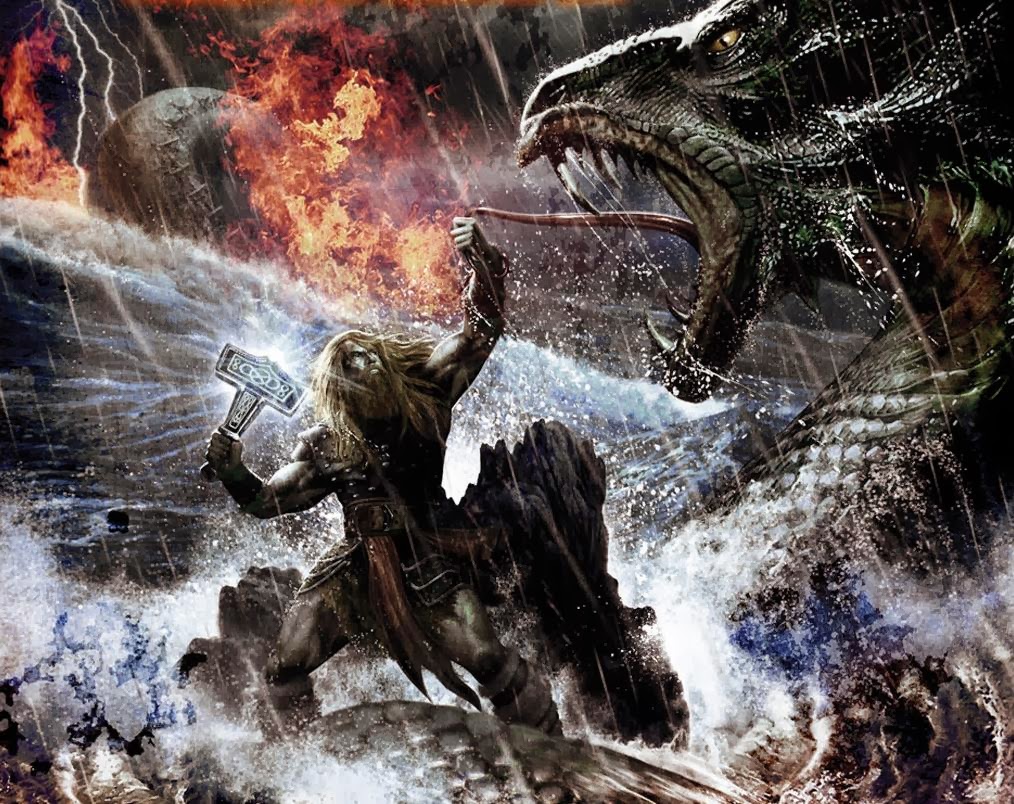

The inscription in runes calls him Þonar, a Germanic form of his name. The oldest known instance of his name, however, belongs to a fibula (a type of brooch) dated to the 7th century, called the Nordendorf Fibula and unearthed in Bavaria. Roman historian Tacitus lists him as Hercules in his Germania, which was preserved so that we may read all of the other skewed rubbish the Romans heaped upon the rest of the Norse pantheon. They loved to lump in outside deities with their own). Þórr is attested to in numerous textual and artifact sources, not the least of which being extensive Roman records (Oh those Romans. Today, Thor continues to capture the imagination of people around the world, both as a cultural icon and as a symbol of strength and power.As far as naming goes, I like to use Þórr, rather than the anglicized Thor – but then no one would ever find this page! Now that you’re here, though … it’s Þórr all the way (it is, for the most part, pronounced the same way, Þ = English “th”). Thor's role as a protector of humanity and a defender against threats also makes him an important figure in Norse mythology, representing strength, bravery, and protection. As the god of thunder and lightning, he represents the power and authority of the gods, and his hammer Mjolnir is a symbol of this power. In conclusion, Thor is a central figure in Norse mythology and one of the most well-known gods from this pantheon. He was often called upon to help farmers and fishermen who were struggling with bad weather, and he was also associated with fertility and agriculture. Additionally, Thor was also seen as a protector of humanity, and his role as a warrior reflected his willingness to defend his people against threats. As the god of thunder and lightning, Thor represented the power and authority of the gods, and his hammer, Mjolnir, was seen as a symbol of this power.

In Norse mythology, thunder was seen as a symbol of the gods' anger, and lightning was seen as a symbol of their power. In terms of symbolism, Thor represents the power of nature, particularly the power of thunder and lightning. His popularity endured even after the spread of Christianity in the region, and his image can still be seen in various forms of art and popular culture today. Thor's worship was widespread throughout the Norse world, with many people viewing him as a protector and champion of their communities. Thor used Mjolnir to defend the realm of the gods and the mortal world against the forces of chaos and destruction, battling giants and other monsters to maintain order and stability. Thor's most famous attribute is his hammer, Mjolnir, which was said to have been crafted by the dwarves and imbued with magical properties. Despite this, he is also known for his unwavering loyalty to his fellow gods and to humanity. Thor is often portrayed as a boisterous and impulsive figure, quick to anger and always eager for a good fight. He is married to Sif, a goddess of fertility and agriculture, and has two sons, Magni and Modi. In Norse mythology, Thor is the son of Odin and Fjörgyn, the personification of the earth. However, his worship and veneration likely began centuries earlier, as he was a central figure in the ancient Germanic pantheon. Thor's origins can be traced back to the earliest written records of Norse mythology, dating back to the 13th century. Thor was also associated with healing, and was believed to have the power to cure ailments and protect against illness. His hammer Mjolnir was believed to be able to bless the fields and bring rain, ensuring a bountiful harvest.

In addition to his role as a protector and warrior, Thor was also associated with fertility and agriculture. He was often depicted as a fierce warrior, battling giants and other monsters to protect the realm of the gods and the mortal world. He was known for his quick temper and his love of ale and feasting, but also for his courage and loyalty to his fellow gods and to humanity. Thor's popularity can be attributed in part to his relatable personality and heroic deeds. Thor was worshipped by the ancient Norse as a protector of both gods and humans, and was often called upon in times of need or danger. He is the god of thunder, strength, and storms, and is often depicted as a muscular and imposing figure wielding a giant hammer named Mjolnir. Thor is one of the most prominent and recognizable figures in Norse mythology.


 0 kommentar(er)
0 kommentar(er)
